GIL HODGES
THE BROOKLYN BUMS, THE MIRACLE METS, AND THE EXTRAORDINARY LIFE OF A BASEBALL LEGEND
TOM CLAVIN
and
DANNY PEARY
 NEW AMERICAN LIBRARY
NEW AMERICAN LIBRARY
N EW A MERICAN L IBRARY
Published by New American Library, a division of Penguin Group (USA) Inc., 375 Hudson Street, New York, New York 10014, USA
Penguin Group (Canada), 90 Eglinton Avenue East, Suite 700, Toronto,
Ontario M4P 2Y3, Canada (a division of Pearson Penguin Canada Inc.)
Penguin Books Ltd., 80 Strand, London WC2R 0RL, England
Penguin Ireland, 25 St. Stephens Green, Dublin 2,
Ireland (a division of Penguin Books Ltd.)
Penguin Group (Australia), 250 Camberwell Road, Camberwell, Victoria 3124, Australia (a division of Pearson Australia Group Pty. Ltd.)
Penguin Books India Pvt. Ltd., 11 Community Centre, Panchsheel Park, New Delhi 110 017, India
Penguin Group (NZ), 67 Apollo Drive, Rosedale, Auckland 0632,
New Zealand (a division of Pearson New Zealand Ltd.)
Penguin Books (South Africa) (Pty.) Ltd., 24 Sturdee Avenue,
Rosebank, Johannesburg 2196, South Africa
Penguin Books Ltd., Registered Offices:
80 Strand, London WC2R 0RL, England
First published by New American Library,
a division of Penguin Group (USA) Inc.
Copyright Tom Clavin and Danny Peary, 2012
All rights reserved. No part of this book may be reproduced, scanned, or distributed in any printed or electronic form without permission. Please do not participate in or encourage piracy of copyrighted materials in violation of the authors rights. Purchase only authorized editions.
 REGISTERED TRADEMARKMARCA REGISTRADA
REGISTERED TRADEMARKMARCA REGISTRADA
LIBRARY OF CONGRESS CATALOGING-IN-PUBLICATION DATA:
Clavin, Thomas
Gil Hodges: the Brooklyn bums, the miracle Mets, and the
extraordinary life of a baseball legend/Tom Clavin and Danny Peary.
p. cm.
ISBN 978-1-101-59305-9
1. Hodges, Gil, 19241972. 2. Baseball playersUnited StatesBiography.
I. Peary, Danny, 1949 II. Title.
GV865.H57C53 2012
796.357092dc23
[B]
PUBLISHERS NOTE
While the authors have made every effort to provide accurate telephone numbers, Internet addresses and other contact information at the time of publication, neither the publisher nor the authors assume any responsibility for errors, or for changes that occur after publication. Further, publisher does not have any control over and does not assume any responsibility for author or third-party Web sites or their content.
To Leslie, and her Midwood High friends
T.C.
To Suzanne, our daughter Zoe, and granddaughter Julianna... and everybody else who knows Gil Hodges deserves to be in the Hall of Fame
D.P.
Contents
PRELUDE
G il Hodges smiled, which was a big deal. The New York Mets manager had been stoic for 8 innings of the fifth game of the 1969 World Series, just as hed been for every game for the entire season as his team attempted to perform a miracle. Now, on October 16, at precisely 3:07 p.m., with his team one out away from a decisive fourth victory against the heavily favored Baltimore Orioles, he smiled slightly, because the biggest play, the greatest moment in Mets history, was unfurling before his eyes and he saw there was nothing to worry about. It wasnt the 1951 playoff, he wasnt a Brooklyn Dodger, and the Giants Bobby Thomson hadnt just taken a mighty swing in the Polo Grounds.
The noise from the cheering, clapping, and stomping of the 57,375 deliriously happy fans that cool Thursday afternoon at Shea Stadium was so deafening that its unlikely Hodges heard the crack of the bat as Orioles second baseman Davey Johnson put good wood on Jerry Koosmans fastball. But the forty-five-year-old had been playing and managing major-league baseball for twenty-two years and didnt need sound enhancement. He could tell how far the ball would go better than the delighted Johnson, who thought hed never hit a ball so hard in his life, or the panicked Koosman, who thought it might clear the left-field fence for a game-tying two-run homer when he heard the crowd simultaneously roar and gasp.
Fortunately, Mets left fielder Cleon Jones also judged the flight of the ball correctly. Not realizing that the security guards had failed to unlock the bullpen gate he planned to use to escape the fans who were already storming the field, Jones tranquilly camped under the ball in front of the warning track. He thought to himself, Come on down, baby, come on down; its all over. It came down, he squeezed it, and it was all over. Mets 5, Orioles 3. The New York Mets were the world champions of baseball.
As the ecstatic Mets players soared into the air, thousands of fans hurdled the railings and proceeded to rip apart the field and claw up home plate, and security guards escorted Mets wives and family members through special doors and gates to safety. Gil Hodges calmly offered and accepted congratulatory handshakes in the dugout and then made his way into the clubhouse. His smile was broader now, yet still not as expansive as when he marched into the clubhouse after the Brooklyn Dodgers won their only championship in 1955. Was he being this reservedwhile his fans were partying outside and his players around him were pouring champagne on one anothers headsbecause this victory wasnt as meaningful?
Minutes later, as he praised the organization, his coaches, and his teams unity and work ethic to the media, he was cheerful but not much more enthusiastic than a poker player whod won a small pot. But what no one saw, his brother-in-law Louis Lombardi recalls, was that Gil was shaking so badly from his emotions when he came into the clubhouse that Joe Pignatano, his coach and close friend, whisked him into another room and shut the door until he calmed down and was able to talk to the press. Ever the professional, Hodges didnt want anyone to see beneath the surface.
In truth, winning the 1969 title was Hodges crowning achievement. His shocking death on Easter Sunday in 1972 would be devastating to his family, friends, and fans who loved him, but there was comfort in knowing that he had accomplished the ultimate in his career. Hed had many meaningful moments since he was an All-Star first baseman for the fabled Brooklyn Dodgers when they battled the New York Giants and New York Yankees for championships and the hearts and minds of the citys rabid fans in the late forties and fifties. But this was extraordinary. A Mets team that no one would compare to those great Dodgers teams, that had barely eluded last place in Hodges previous year as its manager, and that was generously tabbed one-hundred-to-one underdogs to win it all at the beginning of his second season was going to be fitted for World Series rings.
Since Hodges was too modest to praise himself, it would be left to his star players, including Koosman, Jones, center fielder Tommie Agee, Cy Young winner Tom Seaver, and others to state that the primary reason the Mets were champions was their manager. Yet he definitely felt tremendous pride and fulfillment in their accomplishment, because he had given his players his complete energy, effort, and knowledge to ensure their success. He had taken every moment he observed and experienced as a player from 1947 to early 1963. He had taken everything he absorbed from teammates, coaches, and managers Leo Durocher, Burt Shotton, Charlie Dressen, Walter Alston, and Casey Stengel. He had taken what he learned in his years as a young manager with the Washington Senators and then the Mets. Finally, he had taken his belief in what was the

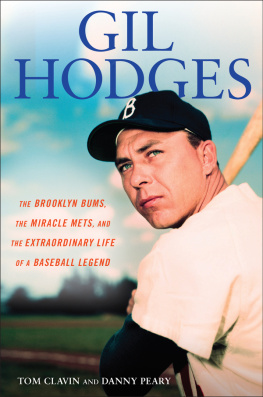



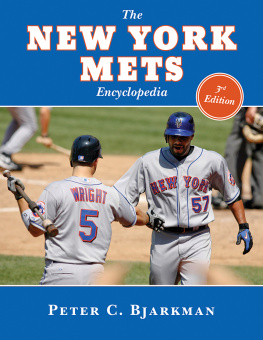
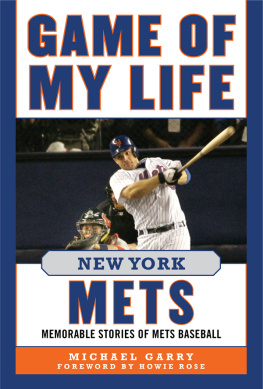
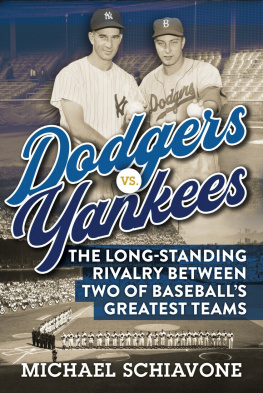
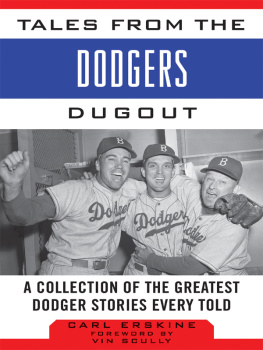
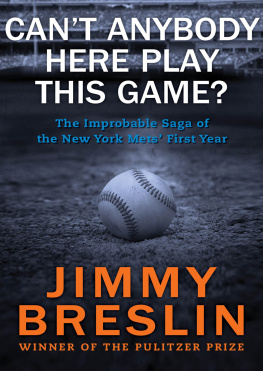
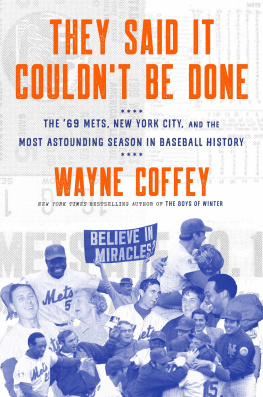
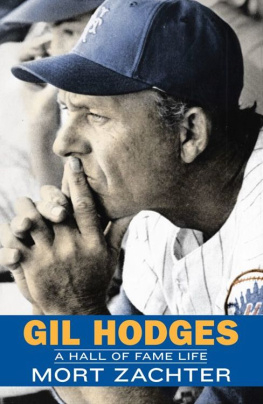

 NEW AMERICAN LIBRARY
NEW AMERICAN LIBRARY REGISTERED TRADEMARKMARCA REGISTRADA
REGISTERED TRADEMARKMARCA REGISTRADA